An X-ray is a quick, painless imaging test that uses low-dose radiation to create pictures of the inside of your body—specifically, bones and joints. In orthopedics, X-rays are one of the most common diagnostic tools and are used to visualize the structure, alignment, and integrity of bones. They help doctors see things the naked eye can’t—like fractures, arthritis, and bone deformities.
XRay Imaging
Orthopedic specialists use X-rays to confirm and evaluate a wide range of musculoskeletal issues including fractures, joint dislocations, signs of osteoarthritis, bone infections, and abnormalities in bone growth.
X-rays are often the first imaging step after a fall, sports injury, or persistent joint pain. They provide clear views of bone alignment and spacing, which help guide accurate diagnosis and treatment plans—whether it’s bracing, casting, or surgical intervention.
X-rays use a small amount of ionizing radiation, so safety precautions are important—even though the risk is very low. At our Imaging Center, we take special care to minimize exposure by using protective shields and the lowest radiation dose necessary to get clear images.
X-rays are generally safe for all patients, but be sure to let your technologist know if you’re pregnant or could be pregnant, as extra measures may be needed.
Your health and safety are our top priority.
North Campus
4110 Briargate Parkway, Suite 300
Colorado Springs, CO 80920
South Campus
1259 Lake Plaza Drive, Suite 100
Colorado Springs, CO 80906
Hours
Monday – Thursday 7:00am – 5:00pm
Friday 7:00am – 4:00pm
Hours
Monday – Friday 5:30am – 8:30pm
Saturday 7:00am – 7:00pm
Magnetic Resonance Imaging (MRI)
MRI (Magnetic Resonance Imaging) is a non-invasive imaging technique that uses powerful magnets and radio waves—not radiation—to create detailed images of the inside of your body.
In orthopedics, MRI is especially useful for capturing high-resolution views of soft tissues such as muscles, ligaments, cartilage, tendons, and even bone marrow providing 3D images that allow your doctor to see structures not visible on X-ray.
MRIs are essential for diagnosing conditions that involve soft tissues and complex joints. They help identify torn ligaments, herniated discs, cartilage damage, joint inflammation, and stress fractures that may not show up on X-rays.
Orthopedic surgeons also use MRIs to evaluate injuries to the spine, shoulder, knee, and other major joints. This high level of detail helps guide surgical planning or determine whether non-surgical treatments like physical therapy or injections are more appropriate.
While MRI does not use radiation, it does involve a strong magnetic field—so safety precautions are critical.
Before your scan, our team will review your medical history to make sure you don’t have any metal implants, pacemakers, or other devices that might be affected by the magnet.
You’ll be asked to remove jewelry and metal items before entering the scan room.
If you experience claustrophobia or anxiety in enclosed spaces, talk to us in advance so we can make your visit as comfortable as possible.
North Campus
4110 Briargate Parkway, Suite 105
Colorado Springs, CO 80920
NEW South Campus – Opening November 2025!
1655 Quail Lake Loop
Colorado Springs, CO 80906
Phone: (719) 632-7669
Direct Fax: (719) 632-0088
Email: [email protected]
MRI Direct Phone: (719) 867-7315
Direct Fax: (719) 633-9912
Email: [email protected]
CSOG MRI Machine Specifications:
SIEMENS 1.5 TESLA
Wider (70 cm) and Shorter Bore
Weight Limit 450 lbs.
Computed Tomography (CT)
A CT (Computed Tomography) scan is a powerful imaging tool that uses X-rays combined with computer technology to create cross-sectional, 3D images of the body. In orthopedics, CT scans offer highly detailed views of bones, joints, and complex fractures that might not be fully visible on standard X-rays. This helps your doctor see the shape, position, and condition of bones in much greater clarity.
CT scans are particularly helpful in evaluating complex fractures, joint injuries, and bone abnormalities. They’re often used when a traditional X-ray doesn’t provide enough detail—especially in areas like the spine, pelvis, shoulders, and feet. Surgeons also use CT scans for pre-operative planning, allowing them to precisely map out procedures such as joint reconstructions or fracture repairs. In some cases, a CT scan may also detect early bone changes related to tumors or infections.
Because CT scans use a higher dose of radiation than standard X-rays, they are used selectively and only when medically necessary. Our team is committed to using the lowest radiation dose possible while still achieving clear, accurate images. You’ll be asked to remain still during the scan, and depending on the body part being scanned, you may be given a contrast agent to enhance the image.
Be sure to inform your technologist if you have any allergies, kidney problems, or may be pregnant so we can take appropriate precautions.
NEW South Campus – Opening November 2025!
1655 Quail Lake Loop
Colorado Springs, CO 80906
Coming Soon November 2025!
CSOG is contracted with MedisMD to read MRI scans. Please note, Patients will receive a separate bill from MedisMD.
CONTACT
Please Fax all Referrals to:
719-632-0088
Please Fax All Medical Records to:
719-632-0088
Upload Images through the link below
Please send a message through your patient portal to our Medical Records team with your:
Name
Date of Birth
Brief description of your request
